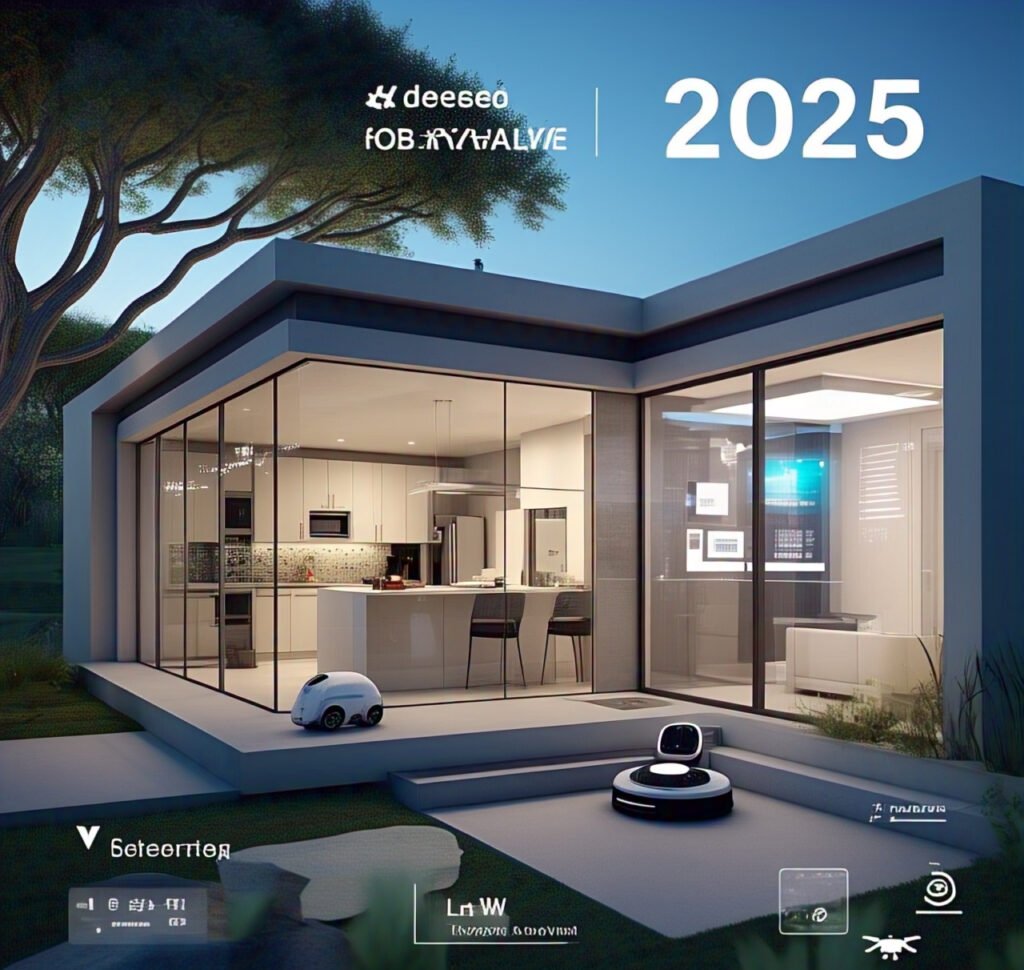
As we step into a new era of home innovation, the definition of a “modern home” continues to evolve. In 2025, smart homes are no longer futuristic concepts – they’re quickly becoming the new standard. From energy-efficient automation to integrated security and voice-controlled convenience, homeowners are reimagining comfort, safety, and sustainability through technology.
If you’re considering upgrading your home, now is the perfect time to embrace smart solutions that improve your lifestyle and boost property value. This comprehensive guide explores the essential smart home technologies every modern household should consider in 2025 – across every major living space.
Why Go Smart in 2025?
The smart home market is projected to reach over $230 billion globally by 2028, and for good reason. As connectivity, AI, and IoT (Internet of Things) evolve, smart upgrades have become more accessible, more affordable, and more intuitive.
Benefits of Smart Home Upgrades:
- Energy Efficiency: Reduce utility bills with automation and optimization
- Security: Protect your home and family with advanced monitoring
- Convenience: Control lights, appliances, and temperature remotely or by voice
- Resale Value: Smart homes attract tech-savvy buyers and command higher prices
- Sustainability: Monitor and minimize energy and water waste
Whether you’re renovating, building, or simply upgrading one device at a time, here’s what you need on your 2025 smart home checklist.
1. Smart Hubs and Voice Assistants
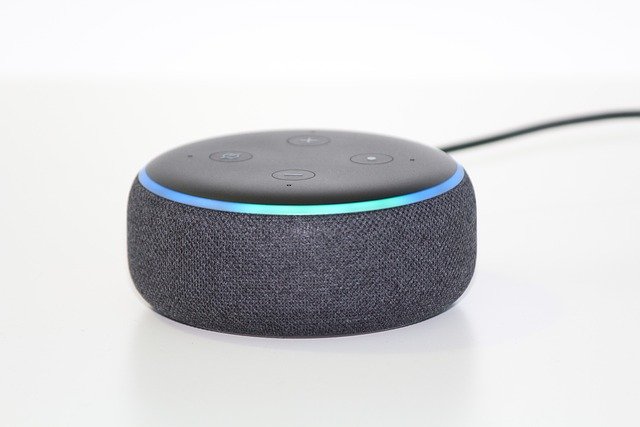
A smart home begins with a central control system – and in 2025, that usually means a voice assistant and/or smart hub.
Must-Have Devices:
- Amazon Echo with Alexa
- Google Nest Hub
- Apple HomePod with Siri
These devices act as the “brain” of your home, allowing you to manage everything from lights to thermostats to security using voice commands or smartphone apps.
Features to Look For:
- Multi-device compatibility
- Room-by-room control
- Integration with home routines (e.g., “Good Morning” or “Goodnight” modes)
2. Smart Lighting Systems

Lighting sets the tone of your home, and smart lighting allows you to customize and automate illumination for every mood, task, or time of day.
Popular Smart Lighting Options:
- Philips Hue: Adjustable brightness and color
- LIFX: Wi-Fi enabled, no hub required
- TP-Link Kasa Smart Bulbs: Affordable and reliable
Key Benefits:
- Schedule lighting to match your daily routine
- Control lights remotely via app or voice
- Adjust brightness for energy efficiency
- Set up scenes for reading, dining, parties, or sleep
Pro tip: Combine smart lights with motion sensors to reduce waste and increase convenience.
3. Smart Thermostats
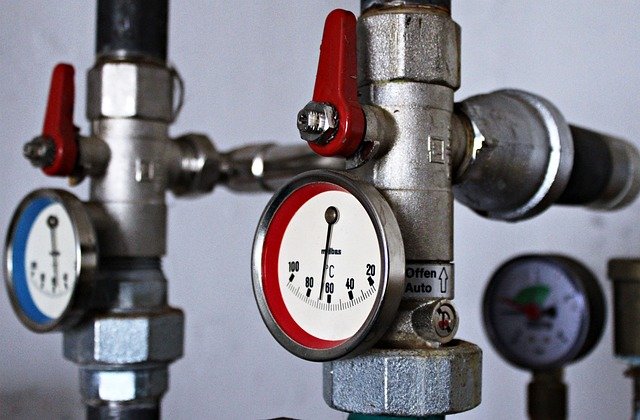
In 2025, heating and cooling are no longer just about comfort – they’re about cost-efficiency and climate impact.
Leading Options:
- Google Nest Thermostat
- ecobee SmartThermostat with Voice Control
- Honeywell Home T9 Smart Thermostat
Why They Matter:
- Learn your preferences and create personalized schedules
- Adjust automatically based on whether you’re home or away
- Reduce energy consumption and lower bills
- Receive real-time usage reports and maintenance alerts
These thermostats can cut energy usage by up to 20%, making them a top priority in your smart home plan.
4. Smart Home Security Systems
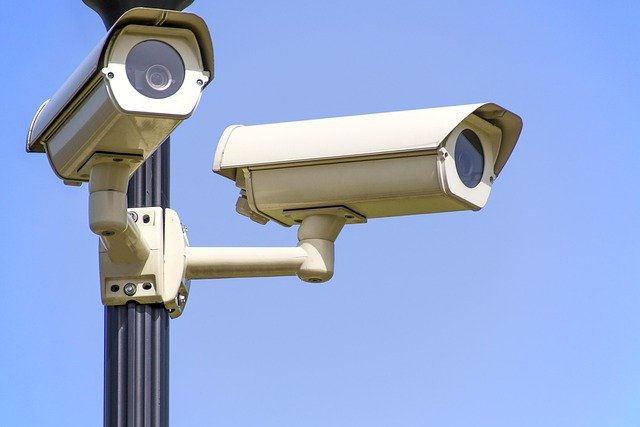
Home security is more intelligent, affordable, and non-invasive than ever before. 2025 smart systems integrate alarms, video monitoring, and mobile alerts in one seamless package.
Essentials:
- Smart Cameras (e.g., Ring, Arlo, Nest Cam)
- Smart Doorbells (e.g., Ring Video Doorbell, Google Nest Hello)
- Smart Locks (e.g., August Smart Lock, Schlage Encode)
- Security Hubs (e.g., SimpliSafe, ADT Smart Home)
Advantages:
- Monitor your home in real-time from anywhere
- Receive alerts for suspicious activity or visitors
- Grant or revoke access with digital keys
- Integrate with lighting and sound systems to simulate occupancy
5. Smart Appliances for the Kitchen
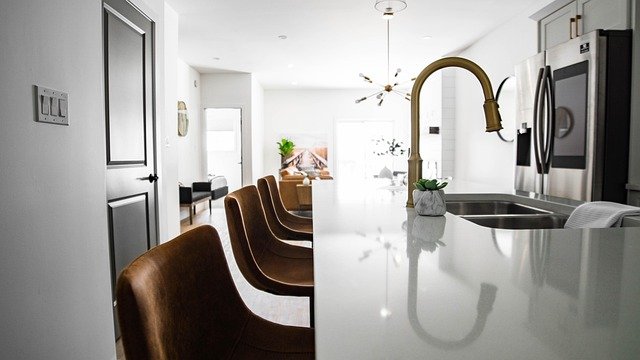
The heart of every home is the kitchen – and in a smart home, it’s a hub of efficiency and innovation.
Must-Have Kitchen Devices:
- Smart Refrigerators (Samsung Family Hub, LG ThinQ)
- Voice-Controlled Ovens (GE Profile, Whirlpool Smart Ranges)
- Wi-Fi Enabled Coffee Makers (Hamilton Beach, Keurig Smart Brew)
- Smart Dishwashers with load-sensing and auto-scheduling
These appliances save time, reduce waste, and can even suggest recipes based on what’s in your fridge. Many are now compatible with Alexa or Google Assistant.
6. Smart Bathrooms: The Next Frontier
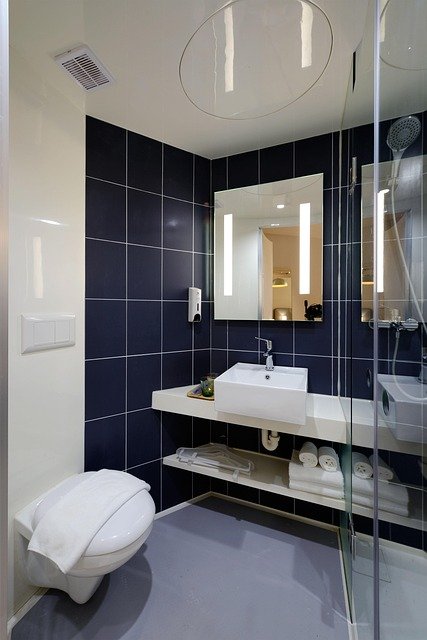
Bathrooms are quickly becoming another frontier of home automation — with upgrades that focus on hygiene, efficiency, and relaxation.
Trending Smart Bathroom Features:
- Smart Mirrors with built-in lighting, weather, and calendar
- Touchless Faucets and voice-controlled water temperature
- Smart Toilets with automatic flushing, seat warming, and bidet features
- Water Leak Sensors that send alerts before costly damage occurs
Installing these upgrades not only elevates comfort but also reduces water waste and utility bills.
7. Smart Home Entertainment
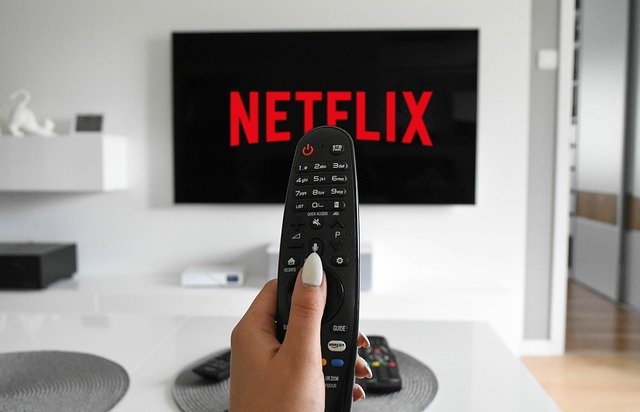
From movie nights to immersive gaming, smart home entertainment turns your living room into a personalized media hub.
Key Devices:
- Smart TVs with built-in streaming apps and voice control
- Soundbars with Voice Assistants (Sonos Beam, Bose Smart Soundbar)
- Streaming Devices (Amazon Fire TV, Apple TV 4K, Google Chromecast)
- Multi-Room Audio Systems (Sonos, Yamaha MusicCast)
Smart entertainment systems allow seamless content streaming, hands-free control, and synchronized audio across rooms.
8. Smart Blinds and Curtains

One of the most elegant yet underrated upgrades is smart window coverings. These enhance privacy, improve energy efficiency, and give your home a high-tech feel.
Recommended Brands:
- Lutron Serena Shades
- IKEA Fyrtur Smart Blinds
- Yoolax Smart Shades (Alexa Compatible)
Features:
- Schedule blinds to open with sunrise and close at sunset
- Integrate with your lighting and thermostat for better temperature regulation
- Control remotely or automate based on room occupancy
9. Smart Plugs and Power Strips
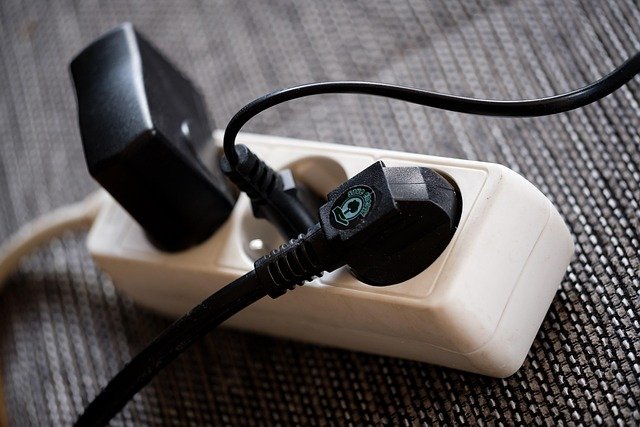
If you’re not ready to invest in smart appliances just yet, smart plugs are a great starting point.
Why Use Smart Plugs?
- Turn any standard device into a smart one
- Schedule devices like fans or lamps
- Monitor energy usage
- Shut off devices remotely for safety
Look for brands like TP-Link Kasa, Wemo, and Amazon Smart Plug for reliable options.
10. Smart Home for Sustainability
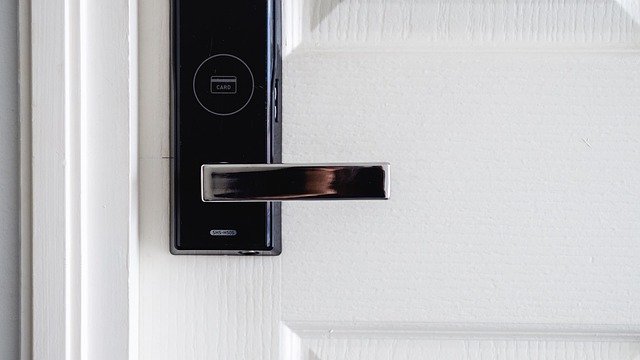
As climate awareness increases, many homeowners are using smart tech not just for convenience, but for eco-conscious living.
Sustainable Smart Tech to Consider:
- Smart Sprinkler Systems (Rachio, Orbit B-hyve) for water conservation
- Solar Monitoring Apps to track solar panel output
- Energy Monitoring Devices (Sense, Emporia) to find power-hungry appliances
- Smart Recycling Bins with waste tracking features
These technologies empower homeowners to reduce environmental impact while lowering monthly costs.
Smart Home Integration Tips
Upgrading to a smart home isn’t about buying every device on the market – it’s about building a connected system that works together. Here’s how to make it seamless.
1. Start with the Right Hub
Choose a platform (Amazon Alexa, Google Home, Apple HomeKit) and stick with it for best compatibility.
2. Plan in Phases
Don’t feel pressured to upgrade everything at once. Start with one room or function (e.g., lighting, security) and expand from there.
3. Prioritize Compatibility
Before buying a new device, make sure it works with your existing hub, apps, and voice assistants.
4. Secure Your Network
Smart homes rely on Wi-Fi – so use strong passwords, enable encryption, and consider a separate network for IoT devices.
Challenges to Watch Out For
While smart homes offer many benefits, there are also challenges to be aware of.
1. Privacy Concerns
Smart devices collect data. Be sure to read privacy policies and use strong security settings.
2. Device Fatigue
Too many apps and devices can become overwhelming. Choose systems that allow centralized control.
3. Initial Cost
Some devices can be expensive upfront. Look for long-term savings and choose upgrades with the best ROI.
Future-Proofing Your Home
Technology will continue evolving, so choosing flexible, upgradable systems is key. Look for:
- Devices with over-the-air updates
- Companies with long-term support and integration plans
- Modular setups that let you scale as your needs grow
Smart homes in 2025 are not just about cool gadgets – they’re about creating a more secure, sustainable, and seamless life.
Conclusion: Turn Your Home into a Smart Haven
Upgrading to a smart home in 2025 is one of the best decisions you can make for lifestyle improvement, property value, and energy savings. Whether you’re just starting with voice assistants or building a fully integrated system across lighting, climate, security, and appliances – each step adds comfort and convenience.
Remember, the smartest homes are not the most expensive, but the most thoughtfully connected. Begin with your top priorities, plan carefully, and enjoy the transformation of your home into a smarter, more responsive space